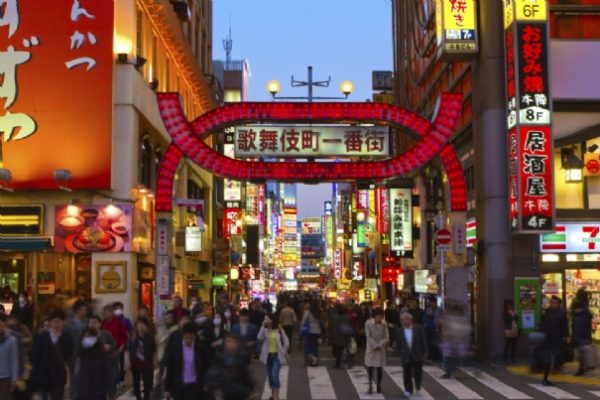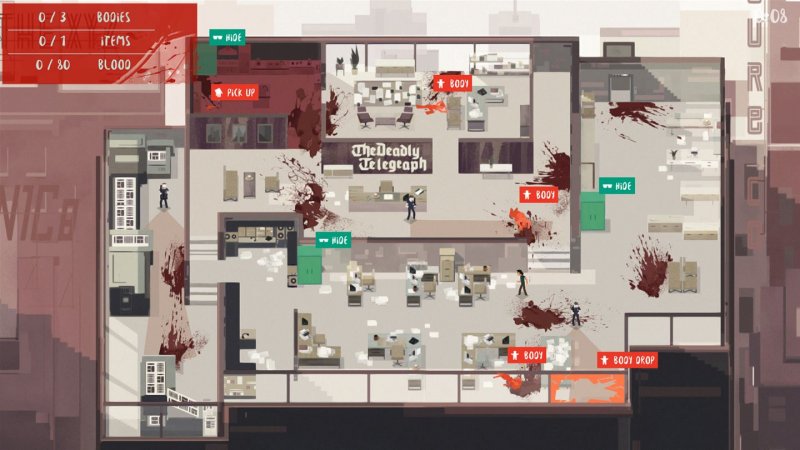The first notion, which is also the most famous, on the yakuza is that the leaders and most of its members are currently known to the Japanese government and are on the go: often happens to find themselves in the face of new laws that try to worsen contacts with the yakuza by the normal Japanese citizen, but rarely, unless Barack Obama intervened with harsh tones, he is really trying to hit the mafia organization.
Their life is in a state of semi-liberty, a reality that we could call unthinkable for the other states, because in Italy the camorra, but also the mafia, with all its derivatives, always acts in secret and curtains not to indulge in the sunlight. As Nagoshi says in his long saga published by Sega, the yakuza can gather in large buildings in Kamurocho’s center to evaluate their future actions and analyze, therefore, the moves to take in the streets of their neighborhood in their city. Obviously, their state of semi-liberty is endorsed by the people, but also by the government, both for a matter of strictly living, bu
t also for a strong sense of tradition, which in Japan is one of the most overwhelming elements. The origin of the yakuza as a philosophy rather than as a tangible activity dates back to the times of the ronin, the samurai who were free from any master and obligation, and hired on their proposal by private citizens who required security and protection from the brigands wandering around their homes. The first hints of yakuza date back to 1700, in the middle of the Edo period, named after th
e town where the shogunate of the Yokugawa family had settled: that city, Edo, is the present Tokyo, at the time already the capital of a feudal kingdom that since 1600 began to take shape and to create the bases of civilization that we admire so much today and we hesitate to reach the streets of Shibuya and the cherry trees of Asakusa. In the seventeenth century, however, the Jap
anese mafia was generated by the fusion of the Bakuto, the gamblers, and the Tekiya, walkers who controlled some parts of the local trade in a completely illegal way, as well as the first, which they were declared to be outlaws. With the honor that is typical of the Japanese and the promise not to reveal to anyone the secrets of the organization,
The distinctive signs of yakuza
In one of the first scenes of Yakuza 0Nagoshi decides to show us one of the most atrocious and punitive moments of the yakuza. The d
ishonor and infidelity towards the boss requires a sacrifice of the hand to the author of such social excitement: the amputation of a phalanx, preferably of the little finger, is the act of performing a defective yakuza, shows us Nagoshi after pushing us to vi
ctory in a boss battle that closes the first chapter. Their wearing of rings on the little finger, or even on other fingers, is because they want to hide the attachment of the prosthesis after the cut: this ritual takes the name of yubitsume, literally “shortening the fingers”, or also called yubi or tubasu (let your fingers fly). Laying, then, a clean ground cloth lay over his hand, with his palm upward: using a typical Japanese knife with a 30-inch blade, it is the same condemne
d that the left little finger walks, exactly above the first knot, and then eliminates the phalanx. The cut finger is thus wrapped in the towel on which the hand was laid and I brought to Kumicho, the godfather of the yakuza. In the event of repeat offensive actions, it is necessary to proceed with the other phalanxes of the finger, which, when finished, must pass the step to th
e right little finger. Watching your hands carefully can therefore be a clue to knowing a yakuza, which, as we said before, will hide the attachment of the prostheses with very noticeable rings. Obviously, it is not a minimum requirement for a criminal to commit deplorable acts against his bosses, so it is not essential to wear rings that hide something: a straight and corr
ect element in relation to their garments will have no need to undergo yubitsume. So to recognize a yakuza and have another element that distinguishes their reality from those of Japanese people, you will have to look at her skin well to find something else: the tattoo.
The irezumi (ink insertion) was initially punished with the punitive purpose and served to recognize a criminal who was spotted by an improper action: in the early years of the Bakuto he used to even bail the person by writing a “dog” on the forehead the reference ideogram. Over time, however, it became a distinctive sign for the yakuza, which was stigmatized, as did Kazuma Kiryu
, who on his back gives way to a huge dragon. The design is of the highest level of complexity, so that once it is dead, the yakuza becomes a black market and its tattooed skin becomes one of the most complex and more expensive products to sell in black markets, to become worthy of exposure within art galleries. To date, tattoos are divided into categories and first respond to the need to
have a mythical beast, whether it is a dragon or a kirin (a chimera) to a Foo Dog (a beast that resembles a dog); it is the process that unfortunately is very painful and tiring because most of the tattoos inside the yakuza are made under the skin using bamboo or even stee
l needles, avoiding electrical tools: in addition, in force of the respect of the tradition, you have to keep the original instructions. Being able to recognize such a member of organized crime is pretty immediate, because even if the tattoo slides on the back, recognize it on t
he neck or on the nape, like leaking from the collar of a shirt, the end areas of a drawing are fairly simple. For this reason young yakuza has also recently demanded that they avoid the practice of the asymmetry so as to avoid being easily recognized and able to live better with the Japanese reality, which, by no means least, would exclude them from the spa.
International lines
As a true organized crime, the yakuza has several activities and invests in a fairly equal manner between legal and illegal transactions: according to some expert observers and connoisseurs of their world, the organization would also provide great help with m
aneuvering, providing workers to industries Japanese nuclear weapons, as well as supporting the population during natural cataclysms. Activities that, net of all the others carried out by the yakuza, succeed in giving that sense of importance to organized crime that moves and activates for the environment in which it lives and knows how important
it is to support its own city and the population from which then, consequently, will derive its main profits. Among the illegal activities of the yakuza, however, there are easily extortion, money laundering, gambling management and even drug trafficking as well as prostitution administration. The first listed, the sokaiya, takes place in total freedom and in the sunlight, allowing a member of the yakuza to intervene during a meeting between a company’s manager and to demand payment of a su
m with extortions always punctual and based on the practice of ‘ humiliation of one of the managers involved. In 2011, the Japanese state intervened on this practice with new very important laws that, as we mentioned earlier, do not punish yakuza as much as people who give up on these extortions: giving up a sum of money will no longer be identified as victim, but be complicit of a cri
me. An aspect that for us Europeans may seem absurd, but that in a country like Japan, where there is still a presumption of guilt before the crimes committed, it seems entirely aligned with the rest of the regulations. Yakuza’s bonds, in addition, are incredibly dense, and even in politics they can easily make room, reaching the highest points
in the Japanese organization. Each family has its own interests and bonds stronger than the others, starting with Yamaguchi-gumi, the most famous of the clans born in Kobe in 1915, starting with the simple work of port operators: each of
them can also accommodate some of the philosophical perceptions of organized crime and denigrating some, including for example the drug, against which Yamaguchi decided to publish a videoclip dating back about three years ago, pointing out how wrong it is to use it and how wrong it is to dispose of it. One way to distinguish yourself from the rest of the yakuza, to be
deluded to be better than someone else, because while profiting against the drug, Yamaguchi also moves to the United States, where the recent phenomenon of organized Japanese crime is growing ever more. In some moments ofYakuza 0 , for the same will of Na
goshi, you will find Kazuma engaged in socially useful activities, such as pushing a group of young well-groomed boys to seek approval from their audience, or even “clean up” the streets by some facedowns that are knocking a homeless, or finally find lost objects from some young people who roam the streets of Kamurocho. Lastly, the goal of yakuza is clear: keep the city clean.



